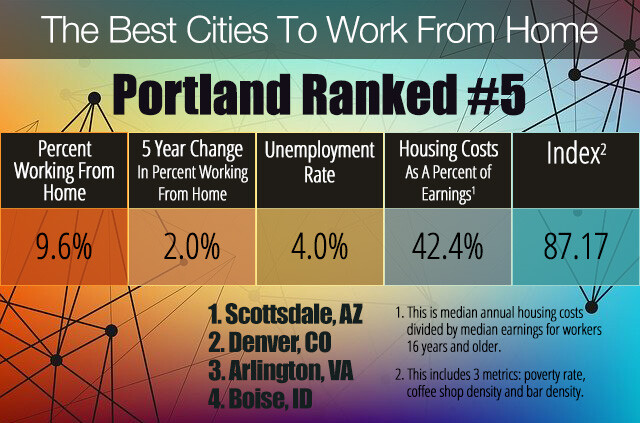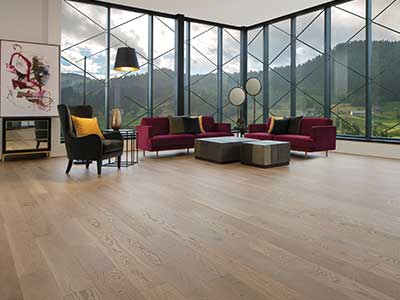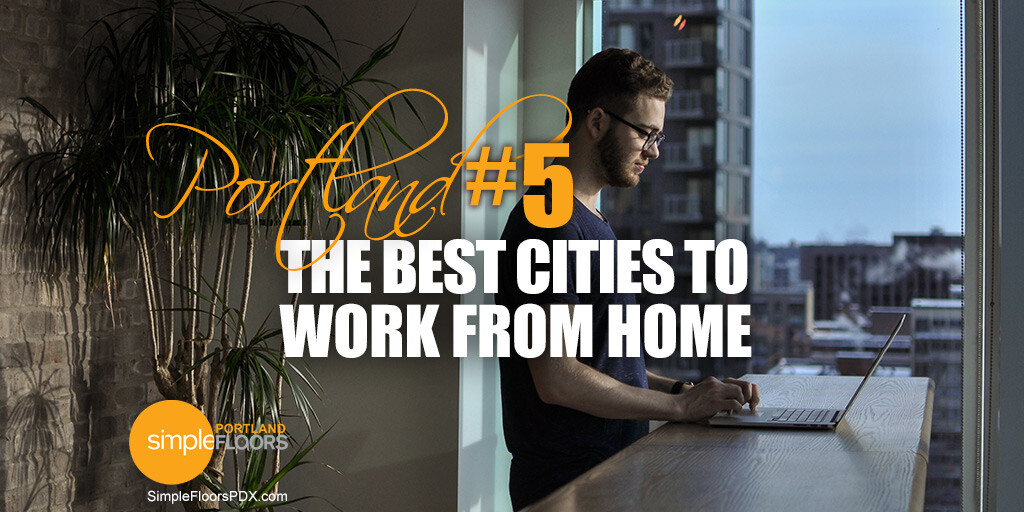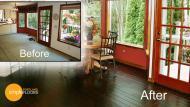 It seems that with the continual increase in new technologies and the growing flexibility to run a business from almost anywhere, that the desire to work in a home-based office is becoming increasingly popular. Electronics and software that connect worlds are becoming more commonplace and affordble, allowing the entrepreneur or remote working employee to have the opportunity to set up their office digs anywhere, as long as they have WiFi and a continual access to coffee. Well, the coffee might not always be necessary, but it’s often listed at the top of the list of ‘must-haves’ in Portland for the office environment.
It seems that with the continual increase in new technologies and the growing flexibility to run a business from almost anywhere, that the desire to work in a home-based office is becoming increasingly popular. Electronics and software that connect worlds are becoming more commonplace and affordble, allowing the entrepreneur or remote working employee to have the opportunity to set up their office digs anywhere, as long as they have WiFi and a continual access to coffee. Well, the coffee might not always be necessary, but it’s often listed at the top of the list of ‘must-haves’ in Portland for the office environment.
The average commute in the US is estimated at 26.1 minutes and for $2,600 annually, it is no wonder people are opting to just stay at home. The study was conducted by SmartAsset and they ran a similar study last year in 2019. Some of the criteria for the study were to compare 100 cities with the largest populations and also include 7 other metrics in the comparison study.
The Cities Were Compared By 7 Measurable Metrics:
- The Percentage of Employees Working From Home
- The 5 Year Change From The Employees Working From Home
- Unemployment Rate
- Poverty Rate
- Housing Costs As A Percentage Of Earnings
- Coffee Shop Density
- Bar Density

The primary factors that were uncovered were interesting and somewhat reasonable, if not completely obvious. Over four years up until 2018, the percentage of workforce working remotely increased from 4.5% to 5.3%. The biggest surprise was that over the entire grouping of 100 cities, only 17 saw a decrease in people working from home over the past 5 year period. This means that most of the studied cities were experiencing a big growth in home offices and a significant portion of the workforce working from their homes. The future workforce is reported to see 73% of all company departments to work remotely. This is quite a large number to figure and yet every year we have grown closer to seeing this play out.
It was noted that a large number of these cities with workers working from home originated from the western and southern states. There were 6 from the top ten states that were located in the western region of the United States and 4 from the southern region. They all ranked in the top 15% of the 2018 study, in regards to the percentage of workers working from home. It doesn’t surprise us to see that they fell into the category of a lower poverty and unemployment rate in those areas.
There are great benefits to telecommuting as well. On average most people are more productive in an in-home office environment than in a traditional office with fewer company turnovers. Additional benefits have been noted, such as a significant reduction in stress and an increased boost in morale.
Portland Places #5 In The Best Cities To Work At Home
So, why did PDX do so well in this study? This data showed that a significant amount of the workforce working from home had a local concentration of coffee shops and bars near their home office. That 9.6% of homeworkers had the third-highest rate of coffee shops and bar density data. Coffee shops were recorded at comprising 1.53% of all establishments, the bars were calculated at 1.22%. We are not shocked that these added perks make it much easier to tackle those job tasks and the ability to switch up locations alleviates isolation and imparts a wholistic feeling of community.
Millennials find those factors advantages, but we believe that the slightly older generations are part of those statistics as well. It stands to reason then that Portland is now ranked #3 in a study from the same firm for cities millennials are moving to.
How Does This Data Effect The Design Of Our Homes?
When you are designing the layout of your home, space is always at a premium, so making the maximum use of the physical usable square footage is paramount. Today we see that the majority of floorplans of new homes are built to include a home office. There might be flexibility to make that space have the ability to accommodate other activities, but the housing market understands there are plenty of buyers with a necessity to have a room dedicated as an office!
 Looking towards tomorrow, we can expect to see the emerging concept of more numerous local community spaces, smaller places designated or remodeled in our home as an office, and the modification of floorplans offering workspaces built right into new homes. Dramatically affecting the way we buy and rent real estate and commercial property. Conditions of both home and office will slowly merge into one space that will completely change our living and working patterns, and our home environments.
Looking towards tomorrow, we can expect to see the emerging concept of more numerous local community spaces, smaller places designated or remodeled in our home as an office, and the modification of floorplans offering workspaces built right into new homes. Dramatically affecting the way we buy and rent real estate and commercial property. Conditions of both home and office will slowly merge into one space that will completely change our living and working patterns, and our home environments.








